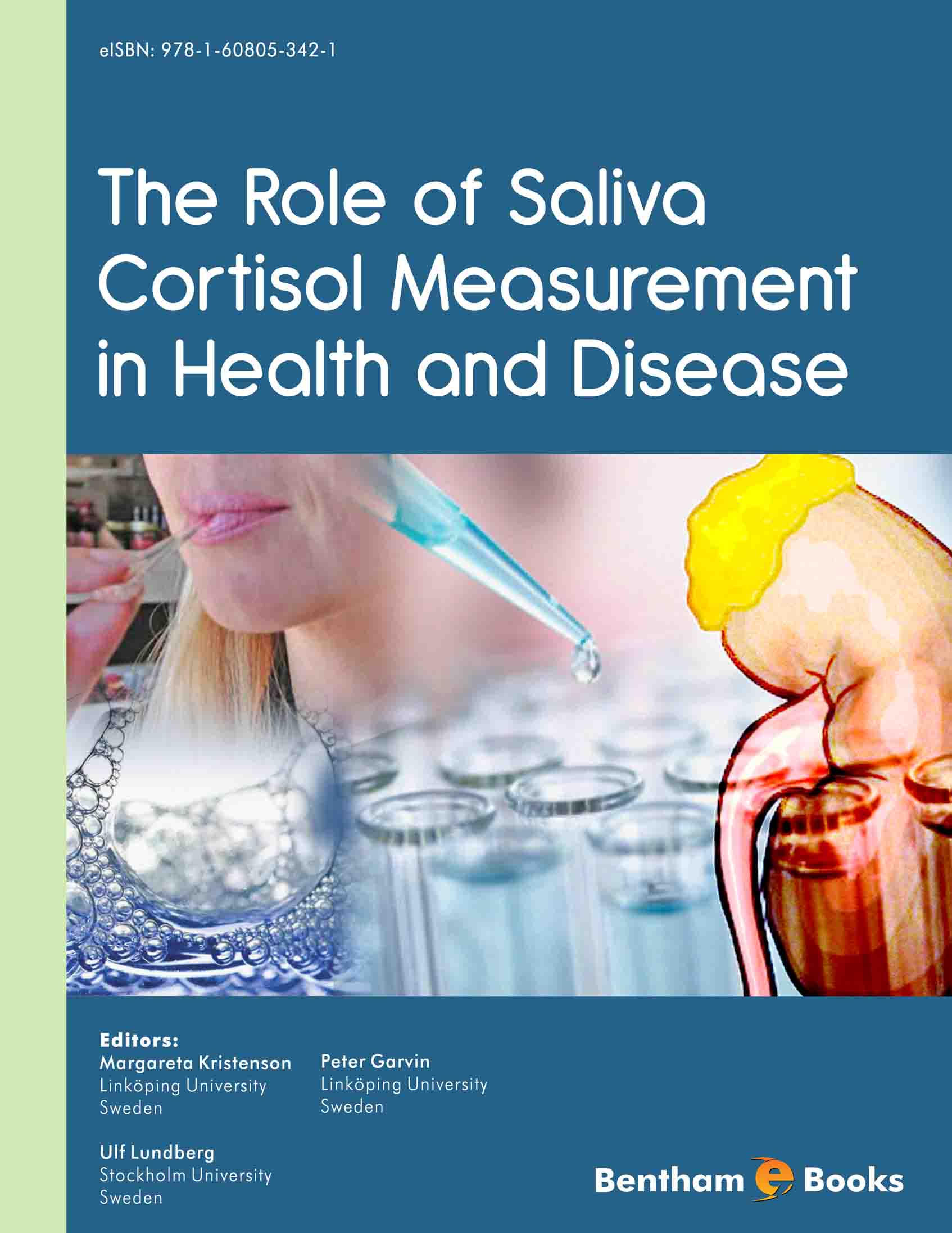Introduction
This e-book is based on a critical evaluation of existing literature on salivary cortisol, aiming to evaluate the utility of salivary cortisol as a biomarker in various settings. It focuses on how different ways of evaluating levels of salivary cortisol may have an impact on the interpretation of cortisol measurements in various contexts.
This e-book focuses on salivary cortisol in relation to the following topics: psychosocial work environment (effort reward imbalance and job demand vs control model), psychosocial resources (mastery, perceived control, sense of coherence), psychosocial risk factors (perceived stress, depression, vital exhaustion, burn-out), sleep quality, biological markers (bodily factors, cardiovascular risk factors, inflammation and metabolism) and somatic outcome.
This ebook should serve as a reference for studies planned to adopt cortisol as an assessment tool.

